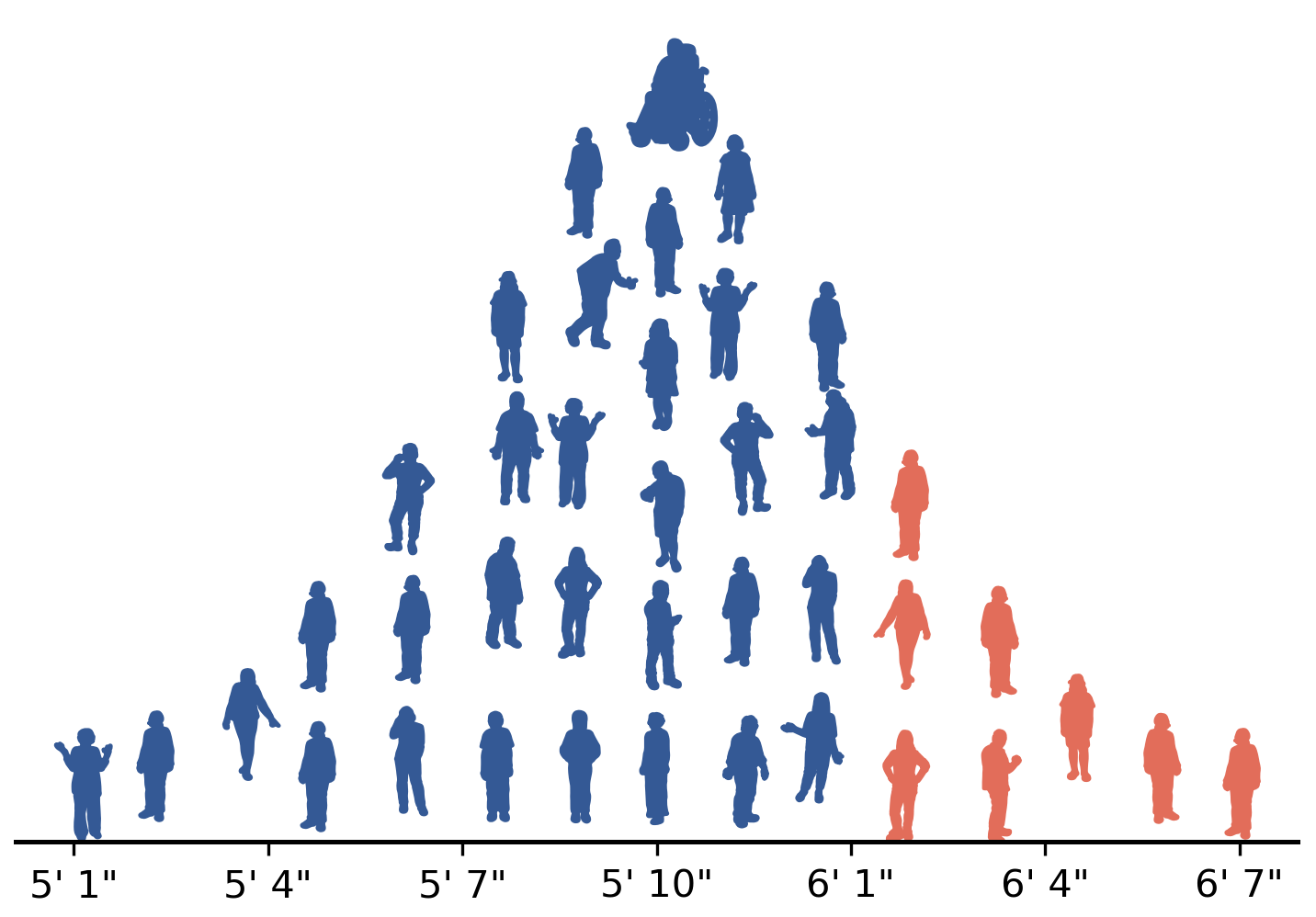7.3. Optimal Decisions for Discrete Stochastic Systems#
Self Assessment
Binary Channel Problem
In a certain binary communication system, a transmitter sends bits (labeled \(A_0\) and \(A_1\)) to a receiver whose outputs are bit (labeled \(B_0\) and \(B_1\)). Because of channel noise, errors may occur. The channel transition probabilities are the conditional probabilities of the outputs given the inputs, \(P(B_k \mid A_i)\).
The diagram below is a channel transition diagram, and the label of an arrow from \(A_i\) to \(B_k\) is the channel transition probability \(P(B_k \mid A_i)\):
Liver Cancer Test Problems
The following problems all rely on this information:
A new computerized scan of the liver is used to help identify whether a person has a normal liver (\(N\)), benign tumors (\(B\)), or liver cancer (\(C\)). The computer will automatically classify the output to indicate tumors (\(T\)) or no tumors (\(\overline{T}\)).
For a normal liver, the computer will indicate that there are NO tumors with probability 0.98. For a benign tumor, the computer will indicate that there are tumors with probability 0.4. For a cancerous liver, the computer will indicate that there are tumors with probability 0.5.
If the test is repeated, the scan will observe the liver at a different angle, and the results will be conditionally independent given the patient’s true condition (ie., \(N\), \(B\), or \(C\)).
A healthy patient is one who has no other indications of liver tumors or cancer before having the computerized scan. Such a patient has
probability 0.99 of having a normal liver,
probability 0.009 of having benign liver tumors,
and probability 0.001 of having liver cancer.
quiz = '3-liver-scan.json'
display_quiz(github + dir + quiz,
colors='fdsp')
Terminology Review
Use the flashcards below to help you review the terminology introduced in this chapter. \(~~~~ ~~~~ ~~~~\)
